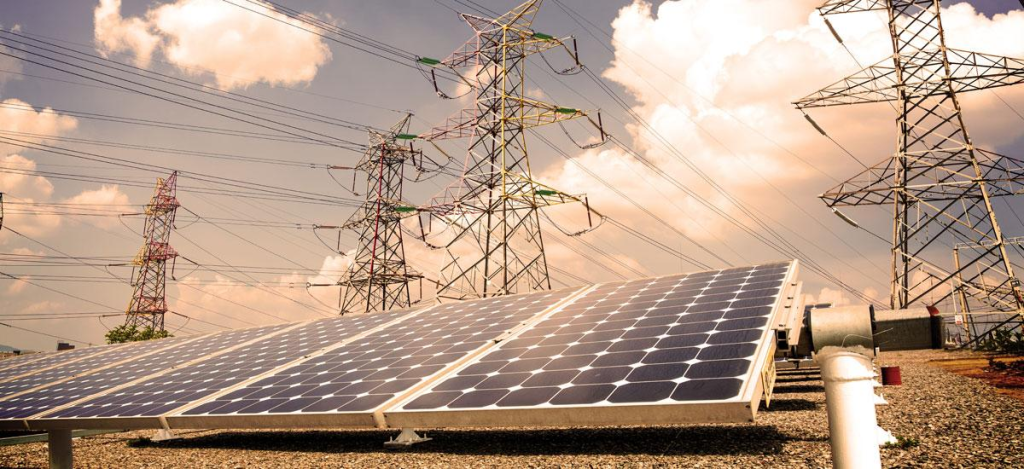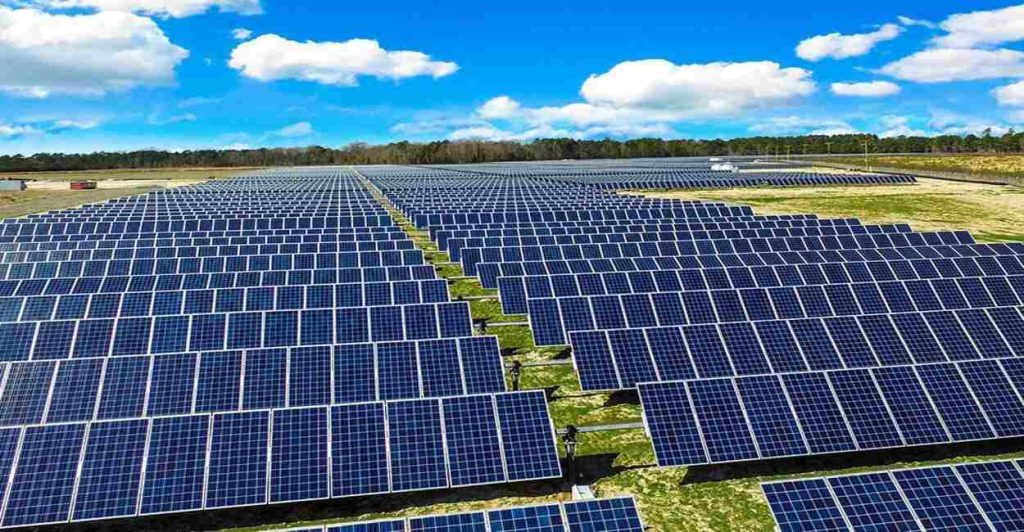Energy production is crucial for powering our daily lives, from lighting our homes to fuelling industries. Without reliable energy sources, many aspects of modern society would come to a standstill. Technology has played a vital role in enhancing energy production by making it more efficient, affordable, and sustainable. Through innovations in renewable energy technologies like solar, wind, and hydroelectric power, we’ve diversified our energy sources, reducing our dependence on finite fossil fuels and mitigating environmental impacts.
Moreover, advancements in energy efficiency technologies, such as smart grids and energy-efficient appliances, have helped us minimize waste and optimize energy usage. These technological developments not only contribute to reducing carbon emissions but also drive economic growth and create new job opportunities.
Table of Contents
Renewable Energy Technologies
Renewable energy technologies are like magic tricks that use nature’s gifts, like sunlight, wind, water, and heat from the Earth, to make power. Imagine a sunny day: solar panels soak up sunlight and turn it into electricity for homes and buildings. Wind turbines work like giant pinwheels, spinning in the breeze to create energy. Have you ever seen a waterfall? Hydroelectric power plants use the force of flowing water to make electricity, just like that! And deep beneath the ground, there’s heat waiting to be used – that’s geothermal energy, which can also make power.
Another cool thing about renewable energy is that it’s clean and never runs out. Unlike coal or oil, which can cause yucky pollution, renewable energy sources don’t harm the environment. Plus, they’re super reliable – the sun keeps shining, the wind keeps blowing, and the water keeps flowing, so we can always count on them. And guess what? Renewable energy helps us fight climate change by cutting down on the greenhouse gases that make the planet too hot.
Using renewable energy is like choosing the greenest option for our planet. Biomass energy, which comes from stuff like wood and plant waste, is also part of the renewable energy family. By using these amazing technologies, we’re not just making power – we’re creating a brighter, cleaner future for everyone.
Energy Efficiency Technologies
Energy efficiency technologies are like superpowers for saving energy and money. They help us use less energy to do the same things, like lighting our homes or keeping them cozy. One cool example is smart thermostats, which learn our habits and adjust the temperature to save energy when we’re away. Energy-efficient appliances, like refrigerators and light bulbs, work smarter, using less electricity without sacrificing performance. And have you heard about LED lights? They shine bright but use way less power than old-fashioned bulbs.
Imagine a city with smart buildings that automatically adjust their energy use based on the weather or occupancy. That’s the power of smart grids, which help manage electricity more efficiently, reducing waste and lowering costs. Energy storage technologies, like batteries, are another superhero in the fight for efficiency. They store excess energy when it’s abundant and release it when demand is high, keeping the grid stable and reliable.
Saving energy isn’t just good for our wallets; it’s also great for the planet. When we use less energy, we reduce our carbon footprint and help combat climate change. Plus, energy efficiency creates jobs and stimulates economic growth. By investing in these technologies, we’re not just saving energy – we’re building a brighter, more sustainable future for generations to come.
Innovations in Fossil Fuel Technologies
Innovations in fossil fuel technologies are like giving an old car a turbo boost – they make these traditional energy sources cleaner and more efficient. One example is enhanced oil recovery, where new techniques help us get more oil out of existing wells while reducing the environmental impact. Advanced drilling technologies allow us to reach oil and gas reserves deep beneath the Earth’s surface more safely and effectively. They capture pollutants before they can escape into the air, making coal-fired power plants much cleaner.
Another exciting innovation is carbon capture and storage (CCS), which captures carbon dioxide emissions from power plants and stores them underground, preventing them from entering the atmosphere. It’s like putting a lid on a pot to keep the steam inside. Did you know that natural gas can be turned into liquid form and used as a cleaner alternative to diesel fuel? It’s called liquefied natural gas (LNG), and it’s revolutionizing transportation by reducing emissions from ships, trucks, and buses.
Digitalization and Automation
Digitalization and automation are like giving our energy systems a brain and muscles. With the Internet of Things (IoT), sensors and devices connect to the internet, allowing us to monitor and control energy use in real-time. Imagine your home knowing when to turn off lights or adjust the thermostat to save energy automatically. Artificial intelligence (AI) takes it a step further, analyzing data to optimize energy usage and predict demand patterns, making our energy systems smarter and more efficient.
In power plants and distribution networks, automation is like having robots that can manage operations without human intervention. Smart grids use automation to balance supply and demand, reducing waste and preventing blackouts. Maintenance tasks, like inspecting equipment or detecting leaks, can be done by drones or robots, keeping workers safe and reducing downtime. And in renewable energy installations, automation helps optimize energy production by adjusting solar panels or wind turbines to capture the most energy from the sun or wind.
Economic Benefits
The economic benefits of advancements in energy technologies are like a boost to the wallet and the economy. First off, investing in renewable energy and energy efficiency creates jobs. From manufacturing solar panels to installing wind turbines, these industries provide employment opportunities that support families and communities. Plus, as technology improves and becomes more affordable, the cost of renewable energy continues to drop, saving money for both consumers and businesses on their energy bills.
But it’s not just about saving money – it’s also about making money. Renewable energy projects attract investment and stimulate economic growth. Whether it’s building a new solar farm or retrofitting homes with energy-efficient appliances, these projects create demand for goods and services, driving economic activity. And let’s not forget about energy independence. By diversifying our energy sources and reducing our reliance on imported fuels, we can strengthen our economy and improve our national security.
Conclusion
Technology has changed how we make energy. Whether it’s using sunlight for solar power or making fossil fuels cleaner, tech has made energy production better. This means cleaner air, cheaper energy, and more jobs.
Looking ahead, we need to keep investing in new energy tech. By working together, we can make energy even cleaner and help the planet. So, let’s keep innovating and building a future where everyone has access to affordable, sustainable energy. In short, tech has made energy greener and cheaper, and with more innovation, we can make it even better for tomorrow.








Pingback: What Is an Advantage of Alternative Energy Technology